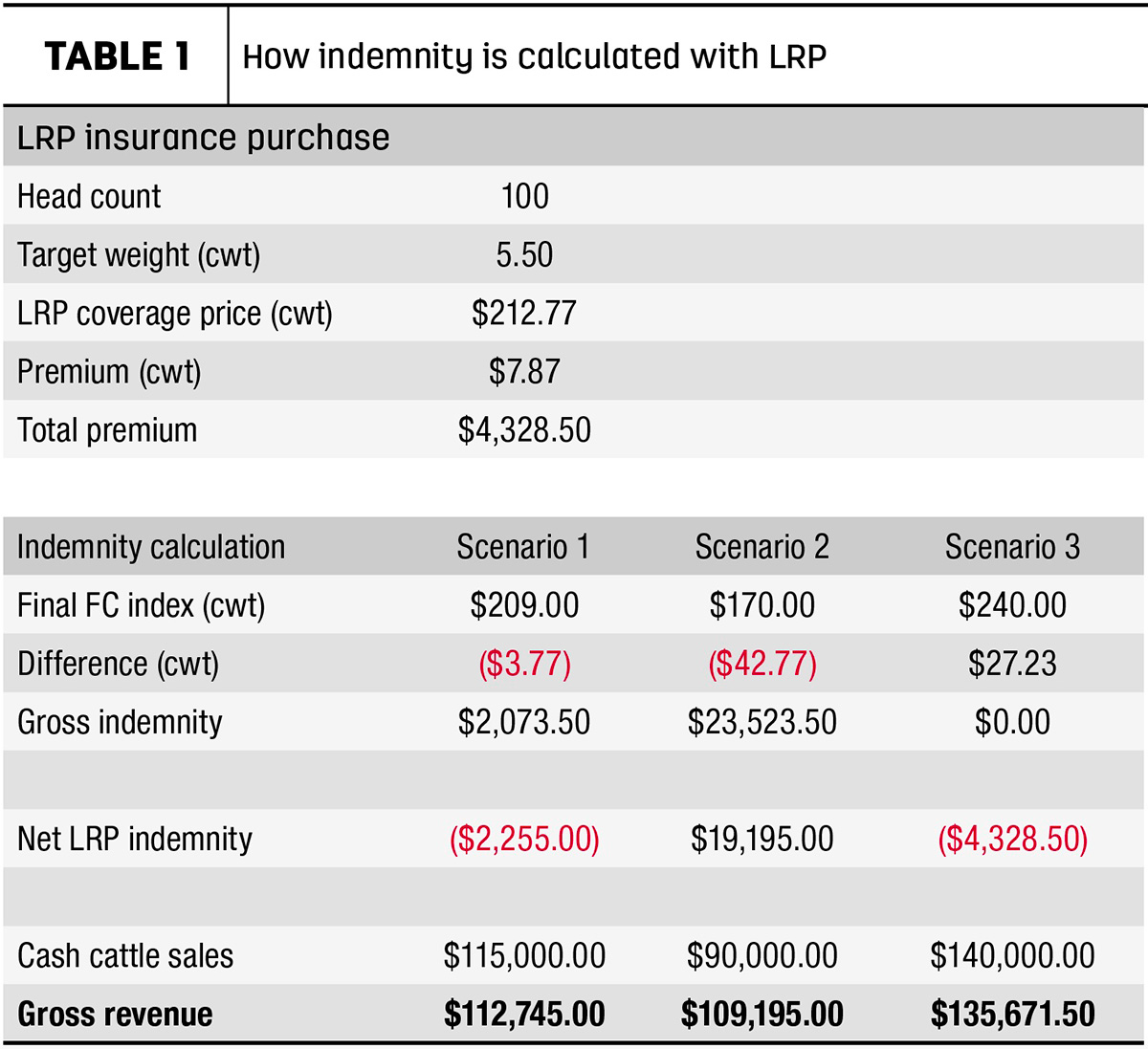Expert Advice: Bagley Risk Management Methods
Expert Advice: Bagley Risk Management Methods
Blog Article
Comprehending Animals Danger Security (LRP) Insurance: A Comprehensive Guide
Navigating the realm of livestock threat security (LRP) insurance policy can be a complex venture for lots of in the farming sector. From exactly how LRP insurance policy functions to the different insurance coverage choices readily available, there is much to reveal in this extensive overview that could potentially shape the way animals manufacturers approach danger administration in their organizations.

Exactly How LRP Insurance Policy Functions
Periodically, recognizing the mechanics of Animals Risk Protection (LRP) insurance policy can be complicated, however damaging down how it functions can offer clearness for herdsmans and farmers. LRP insurance is a threat administration tool made to secure livestock producers versus unforeseen rate declines. The plan enables manufacturers to set a coverage degree based on their details demands, choosing the variety of head, weight variety, and protection price. As soon as the plan is in location, if market value drop listed below the insurance coverage rate, manufacturers can sue for the distinction. It's vital to note that LRP insurance coverage is not an earnings assurance; instead, it focuses only on cost threat protection. The insurance coverage duration generally ranges from 13 to 52 weeks, supplying flexibility for manufacturers to pick a duration that lines up with their manufacturing cycle. By utilizing LRP insurance coverage, farmers and ranchers can minimize the financial dangers linked with varying market rates, guaranteeing higher stability in their operations.
Eligibility and Coverage Options

When it comes to protection alternatives, LRP insurance coverage uses producers the versatility to pick the insurance coverage level, insurance coverage duration, and recommendations that best suit their threat monitoring needs. By understanding the qualification requirements and protection choices offered, animals manufacturers can make informed choices to take care of danger properly.
Pros and Disadvantages of LRP Insurance Policy
When evaluating Livestock Threat Security (LRP) insurance coverage, it is vital for livestock producers to consider the downsides and advantages fundamental in this risk management tool.

Among the primary benefits of LRP insurance is its ability to give protection against a decrease in livestock prices. This can assist safeguard manufacturers from monetary losses resulting from market fluctuations. In addition, LRP insurance coverage offers a degree of flexibility, permitting manufacturers to customize protection levels and plan periods to suit their details needs. By locking in an ensured price for their livestock, manufacturers can better manage danger and prepare for the future.
However, there are also some downsides to take into consideration. One restriction of LRP insurance is that it does not shield against all sorts of risks, such as illness episodes or natural catastrophes. Premiums can occasionally be my response pricey, specifically for manufacturers with huge animals herds. It is critical for manufacturers to meticulously assess their individual risk exposure and economic scenario to determine if LRP insurance policy is the best danger monitoring tool for their procedure.
Recognizing LRP Insurance Premiums

Tips for Taking Full Advantage Of LRP Advantages
Making best use of the advantages of read more Animals Threat Defense (LRP) insurance coverage calls for calculated preparation and aggressive risk monitoring - Bagley Risk Management. To take advantage of your LRP protection, consider the adhering to ideas:
Consistently Evaluate Market Problems: Stay informed about market patterns and cost variations in the animals sector. By keeping track of these factors, you can make educated choices regarding when to purchase LRP insurance coverage to secure against prospective losses.
Set Realistic Coverage Degrees: When choosing protection degrees, consider your manufacturing expenses, market worth of animals, and prospective dangers - Bagley Risk Management. Setting reasonable coverage degrees ensures that you are appropriately secured without paying too much for unneeded insurance
Expand Your Coverage: Instead of depending solely on LRP insurance, think about diversifying your danger monitoring methods. Incorporating LRP with other danger management tools such as futures contracts or alternatives can give detailed insurance coverage versus market uncertainties.
Evaluation and Change Coverage Regularly: As market conditions change, periodically examine your LRP coverage to guarantee it aligns with your existing threat exposure. Readjusting insurance coverage degrees and timing of purchases can aid optimize your threat protection strategy. By complying with these tips, you can make best use of the benefits of LRP insurance coverage and secure your livestock operation against unpredicted risks.
Final Thought
To conclude, animals risk defense (LRP) insurance is a beneficial device for farmers to take care of the economic dangers related to their animals operations. By understanding just how LRP functions, eligibility and protection alternatives, in addition to the benefits and drawbacks of this insurance, farmers can make informed choices to safeguard their incomes. By very carefully thinking about LRP costs and executing techniques to make best use of advantages, farmers can alleviate potential losses and make sure the sustainability of their operations.
Livestock producers interested in getting Livestock Danger Protection (LRP) insurance policy can explore a range of eligibility standards and coverage alternatives tailored to their details livestock operations.When it comes to insurance coverage alternatives, LRP insurance coverage offers manufacturers the adaptability to pick the insurance coverage degree, insurance coverage period, and recommendations that best suit their risk management requirements.To comprehend the details of Animals Threat Security (LRP) insurance coverage totally, recognizing the elements affecting LRP insurance coverage premiums is vital. LRP insurance policy costs are identified by different components, including the protection degree chosen, the anticipated price of animals at the end of the insurance coverage period, the type of animals being insured, and the length of the insurance coverage period.Review and Readjust Coverage Consistently: As market conditions alter, occasionally examine your LRP insurance coverage to guarantee it aligns with your current threat exposure.
Report this page